Menu
Explore the wonders of Culion, Palawan with our concise guide before your trip. This article is filled with useful tips and suggestions to enhance your journey, ensuring you have a memorable experience.
Spaniards built defensive forts and watch towers in strategic locations in Taytay, Cuyo, Agutaya, and Linapacan, including one in Libis, Culion. In 1858, Calamianes Archipelago was divided into two provinces – “Castilla” and “Asturias,” with Castilla retaining Taytay as the capital. The capital was later changed to Cuyo in 1873.
An account by French anthropologist Alfred Marche in the 1880s describes Culion as the principal village in Calamianes, supported by the presence of a Justice of the Peace. Remnants of a fort in San Pedro, Burabod, attest to the rich history of Culion, built by the Augustinian Recollects around the same time as other forts in the region, including the Immaculate Conception Church.
Culion’s history as a former leper colony under the American colonial rule has had a significant impact on its culture. The residents of Culion have shown remarkable resilience and strength in overcoming the challenges of the past.
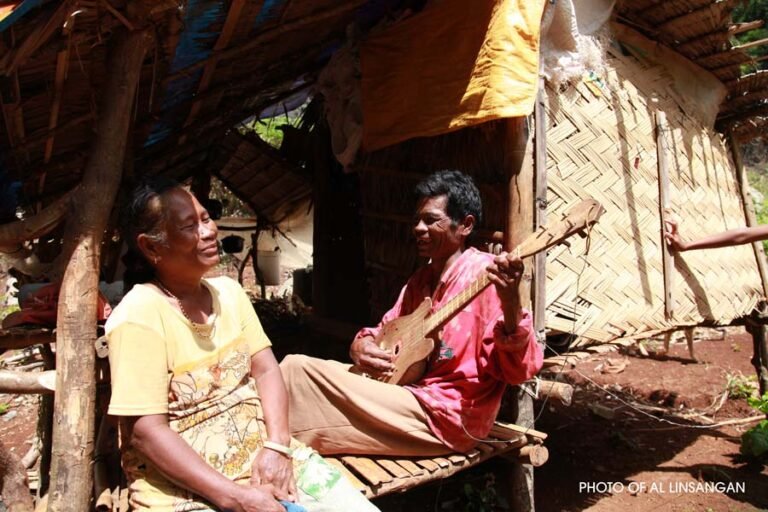
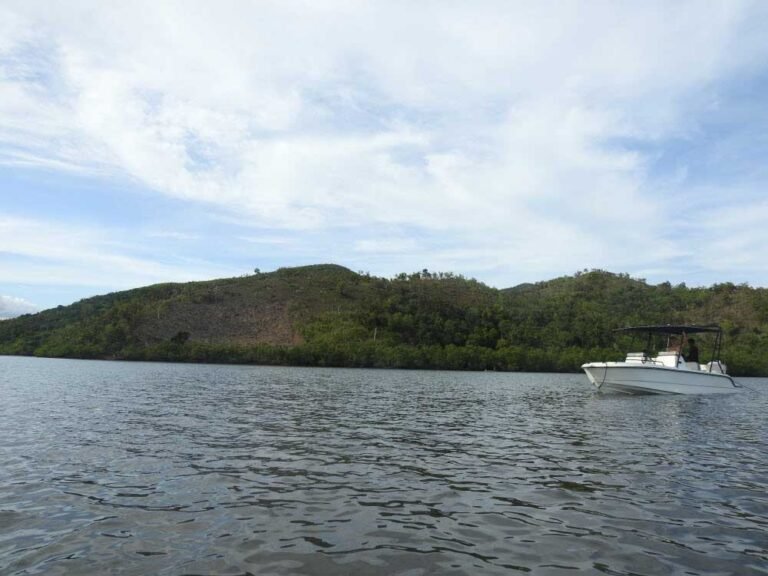
To learn about the current weather in Culion, Palawan or any part of the Philippines, visit the PAGASA website. PAGASA is the Philippines’ weather forecasting agency.
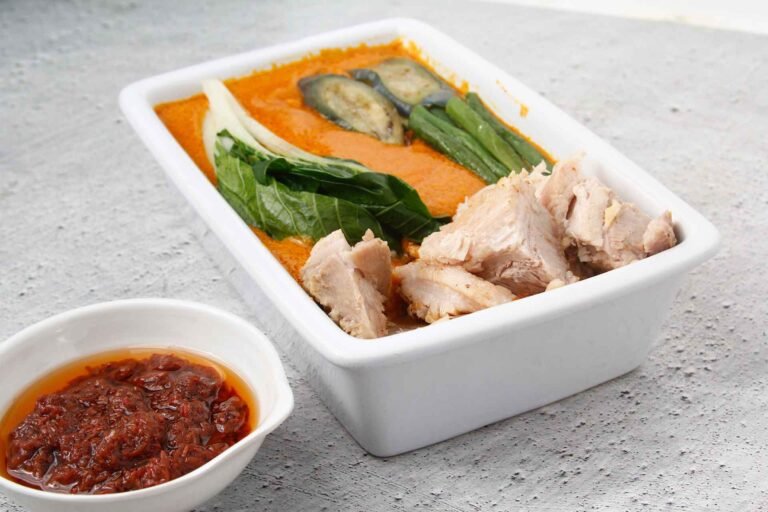
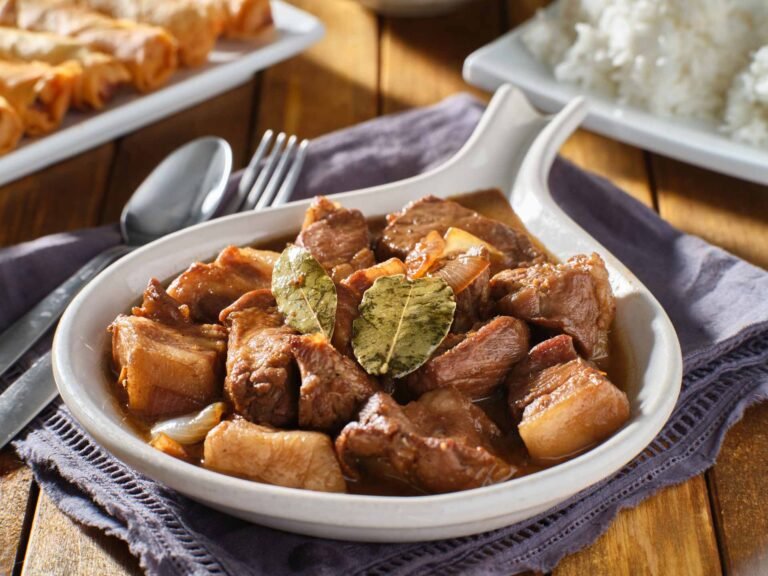

And also, Culion also offers tours that highlight the local cuisine, traditions, and culture, with visits to markets, farms, and communities.
Culion, Palawan is known for its historical significance as a former leper colony, and offers a wide range of accommodations for visitors. For luxury options, there is the Two Seasons Coron Island Resort and Spa which features overwater bungalows and a private beach.

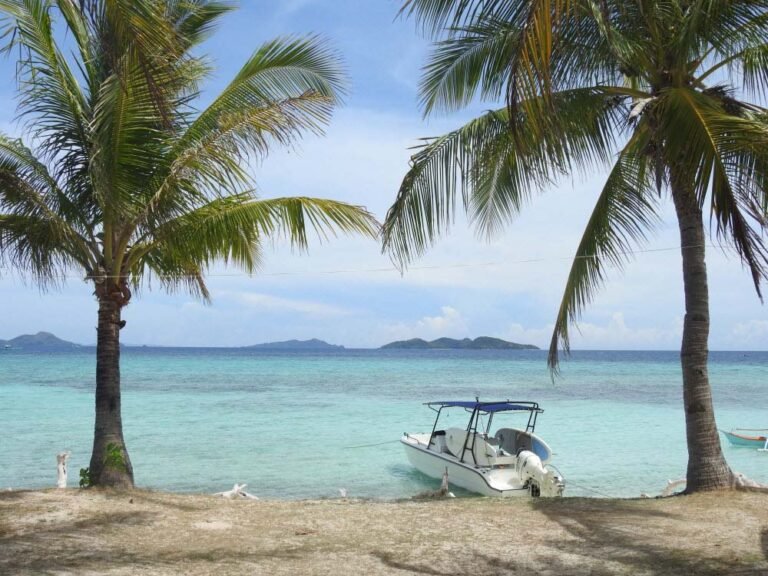
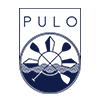
We’re thrilled to introduce you to the stunning Calamianes islands with activities like snorkeling, island-hopping, kayaking, and more. Join us for a unique adventure, including off-the-beaten-path gems and unforgettable experiences like SUP, biking, and glamping. Let’s make your trip extraordinary!
We collect data for our analytics to improve our services and to support your experiences throughout our website. We do not sell it to any third-party company.